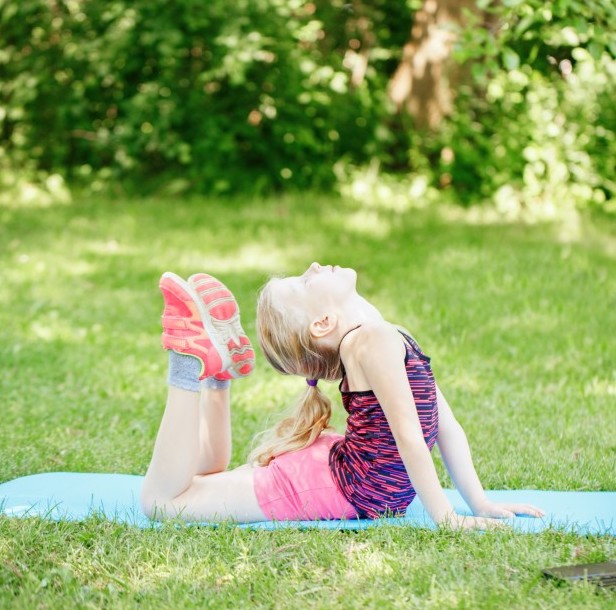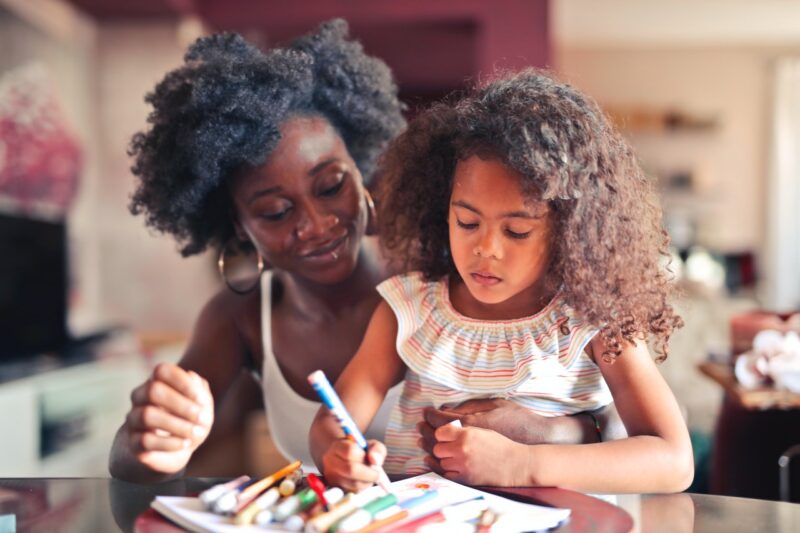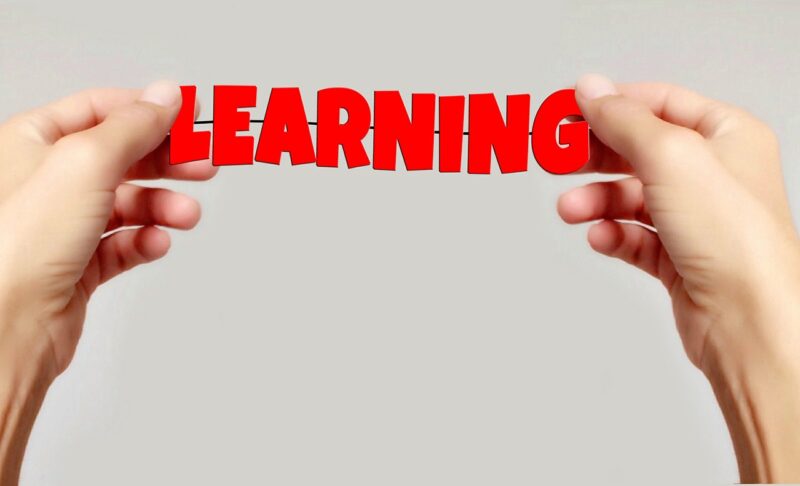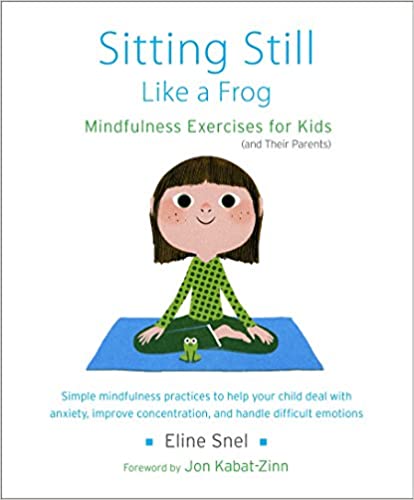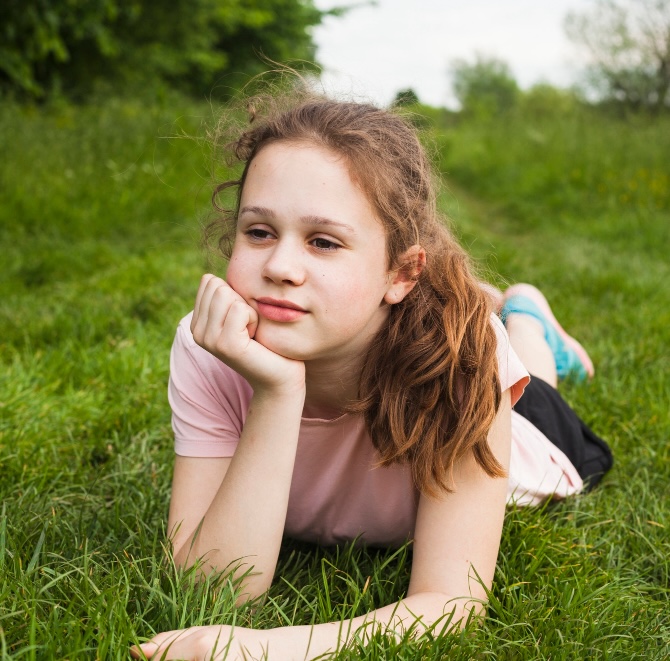
Talk About Mental Health: For Friends and Family Members
Anyone can experience mental health problems. Friends and family members can make all the difference in a person’s recovery process. Learn how to support your friends and loved ones with mental health problems. Read more >>
